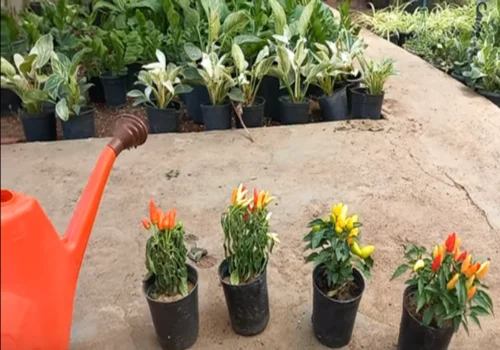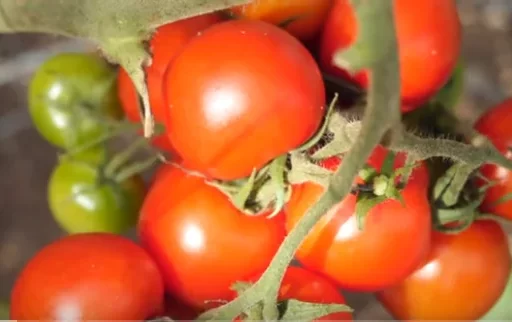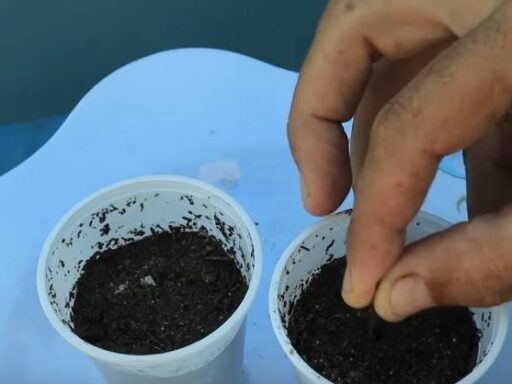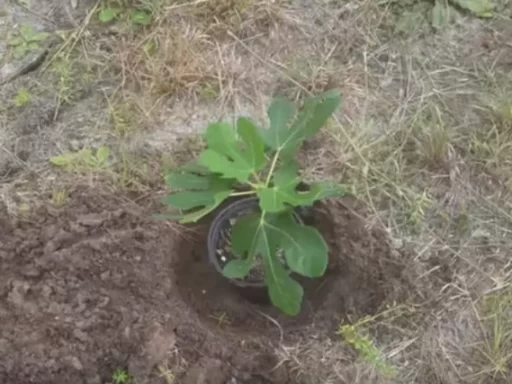During the hot summer months, many people notice their plants wilting or drying out. This is a common issue that can be frustrating for plant enthusiasts, especially when the plants appear to be in good health before suddenly showing signs of distress. In this article, we’ll explore why plants wilt in summer, what happens to the plant during the wilting process, and how to prevent this from happening.
The Science Behind Plant Wilting
One of the main reasons plants wilt in summer is due to a lack of water. Plants lose water through their leaves, and when they don’t get enough water from the soil, their leaves start to lose moisture. This can happen gradually, with the water first being drawn from the leaves before moving down to the stem. If the plant continues to be deprived of water, its leaves will eventually become dry and brittle, and the stem will lose its moisture as well.
At this point, the plant is in a critical state. The leaves will have lost all their water, causing them to droop and eventually fall off. The stem, although still containing some moisture, will also begin to dry out if the plant remains unwatered. If this process continues, the plant may eventually die.
Identifying the Signs of a Thirsty Plant
It can be easy to miss the early signs of a thirsty plant, especially if you’re not familiar with the specific needs of the plant you’re caring for. One of the first indicators is the condition of the leaves. A plant that is well-watered will have firm, upright leaves. In contrast, a plant that is not receiving enough water will have drooping, limp leaves.
Another way to tell if a plant needs water is by checking the soil. A well-watered plant will have moist soil, while a plant in need of water will have dry, crumbly soil. You can gently touch the soil to see if it’s dry or moist, which will help you determine whether or not the plant needs to be watered.
How to Revive a Wilting Plant
If you notice your plant wilting, don’t panic. In many cases, the plant can be revived if it’s watered in time. The key is to water the plant thoroughly, making sure that the water reaches the roots. It’s essential to water the plant until the water begins to drain out from the bottom of the pot, ensuring that the soil is fully saturated.
Some people believe that watering plants during the hottest part of the day is a bad idea, but that’s not entirely true. If your plant is wilting and it’s in the middle of the day, go ahead and water it. The plant needs moisture to recover, and waiting until later in the day could cause further damage. After watering, you should see the plant start to regain its health within an hour or two.
Preventing Plant Wilting in the Future

To prevent your plants from wilting in the future, it’s crucial to establish a consistent watering routine. Plants, especially during the summer months, need regular watering to keep them healthy. Make sure to water them early in the morning or later in the evening when the temperatures are cooler, as this helps the soil retain moisture longer.
Additionally, using mulch around your plants can help retain moisture in the soil, preventing it from drying out too quickly. If you’re growing plants in pots, ensure they have good drainage, so excess water can escape, preventing root rot.
Conclusion
Wilting plants during the summer are often a result of dehydration, and by understanding the signs and causes of wilting, you can take steps to keep your plants healthy. Regular watering, checking soil moisture, and providing good drainage are key factors in preventing your plants from wilting. With proper care, your plants will thrive even during the hottest months of the year.




